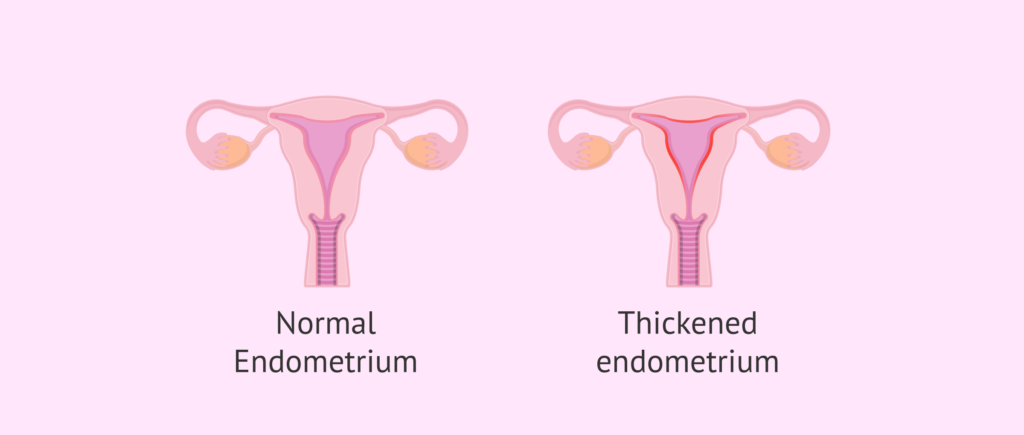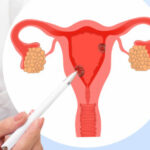Endometrial hyperplasia is the abnormal thickening of the uterine lining caused by an imbalance between estrogen and progesterone. If left untreated, it can increase the risk of endometrial cancer. Prevention strategies focus on managing hormone levels, maintaining a healthy lifestyle, and undergoing regular medical check-ups.

Risk Factors Associated with Endometrial Hyperplasia
Identifying the primary risk factors is essential for prevention:
- Hormonal Imbalance: Excess estrogen without sufficient progesterone can stimulate endometrial overgrowth.
- Obesity: Excess body fat leads to increased estrogen production.
- Polycystic Ovary Syndrome (PCOS): Chronic anovulation results in prolonged estrogen exposure.
- Hormone Replacement Therapy (HRT): Using estrogen-only HRT without progesterone increases the risk.
- Tamoxifen Usage: While beneficial for breast cancer treatment, tamoxifen may stimulate endometrial growth.
- Early Menarche & Late Menopause: Prolonged exposure to estrogen over a lifetime raises susceptibility.
Preventive Measures
Implementing the following strategies can significantly lower the risk of developing endometrial hyperplasia:
1. Maintain a Healthy Weight
- Obesity increases estrogen levels, contributing to endometrial thickening.
- A balanced diet with whole grains, fruits, and vegetables can help regulate weight.
- Regular exercise, including aerobic and strength-training activities, promotes hormonal balance.
2. Use Balanced Hormone Replacement Therapy (HRT)
- Women undergoing menopause should use combined estrogen-progesterone therapy rather than estrogen alone.
- Progesterone counteracts estrogen’s proliferative effects on the endometrial lining.
- Regular medical supervision is crucial when using HRT.
3. Consider Hormonal Contraceptives
- Combined oral contraceptives help regulate menstrual cycles and prevent excessive endometrial thickening.
- Progestin-only contraceptives and intrauterine devices (IUDs) can help protect against hyperplasia.
4. Manage Underlying Conditions
- Controlling conditions like PCOS and diabetes minimizes risk.
- Medications that regulate ovulation can prevent prolonged estrogen exposure.
5. Regular Medical Screenings
- Annual pelvic exams help in early detection of abnormal uterine changes.
- Report symptoms like irregular bleeding to a healthcare provider for timely intervention.
6. Cautious Use of Medications
- Tamoxifen and certain estrogen-promoting medications should be used under strict medical guidance.
- Alternative therapies may be considered for high-risk individuals.
7. Consider Progestin-Releasing Intrauterine Devices (IUDs)
- These devices not only act as contraceptives but also thin the endometrial lining.
- They are particularly effective in reducing the risk of hyperplasia.

